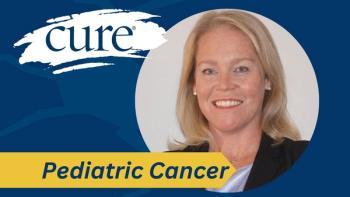
How Treating Myeloma is About Extending Remissions and Making it ‘Livable’
In an interview, Dr. Nina Shah of UCSF Helen Diller Family Comprehensive Cancer Center discusses how she changed her perspective on finding a cure for myeloma and what her goals are when it comes to treating her patients.
Although there is no cure for myeloma as of now, the best thing a doctor can do is make myeloma “livable,” according to an expert at the UCSF Helen Diller Family Comprehensive Cancer Center.
In an interview with CURE®, Dr. Nina Shah, an associate professor of clinical medicine, wants her patients to be able to live a full life, without missing out on family events, vacations, activities and everything they’d be doing otherwise. “And if that means that there’s a little bit of myeloma left, but it’s not causing clinical problems, that’s OK with me,” she said.
Her goal is to find treatments that will keep patients in remission for as long as possible.
“I’d like to push that curve even higher and higher in the next 10 years to get towards what you would expect for a normal adult,” Shah said.
Transcription:
Well, I wish I could say that myeloma was going to be curable. And I’ve kind of adjusted my own perspective on this. It’s that I want myeloma to be livable. And so, I want my patients to live a full life and retire and be able to go on their anniversary trips and their grandkids’ trips and all these other things, without having to worry that they won't make it there. And if that means that there's a little bit of myeloma left, but it's not causing clinical problems, that's OK with me.
But so far, we know that all of these treatments, ultimately most patients at some point progress. And that's really my goal, to try to find treatments that keep people in remission for as long as possible. I think even in the past 10 years, we've increased the survival of myeloma patients so much. I'd like to push that curve even higher and higher in the next 10 years to get towards what you would expect for a normal adult.
For more news on cancer updates, research and education, don’t forget to




